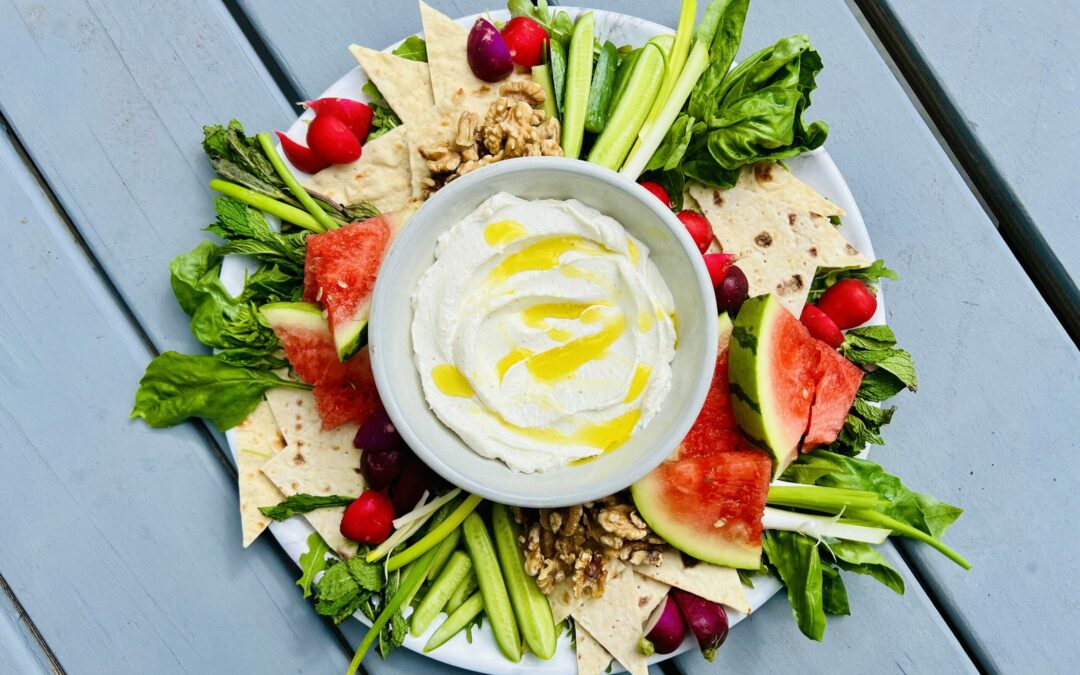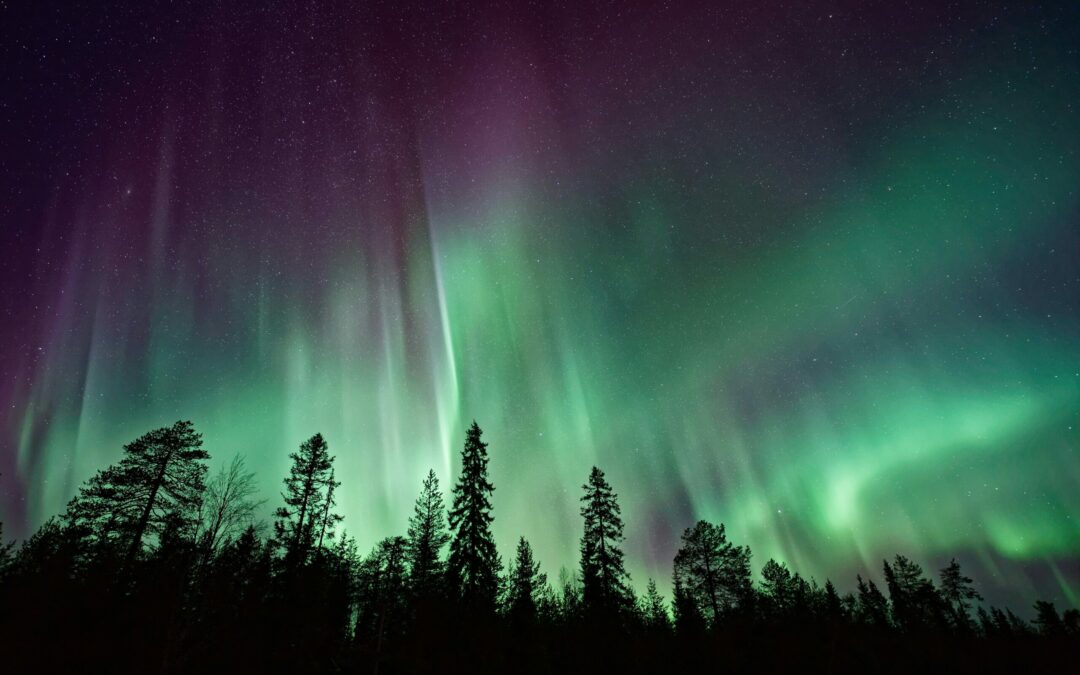One of the greatest ways to explore new cultures is to try their native foods and drinks. A culture’s wine can say a lot about them and, unlike vineyards in the United States, can hold a whole lot of history. While going to a bar might not be the healthiest travel choice, touring a vineyard can give you an opportunity to stay active, learn about the culture and try some delicious beverages all at once. Here are some of the most interesting wine cultures from around the world. Check out their offerings when visiting or from the comfort of your own home.
Greece
Retsina, Dionysus, and Carafes

The Greeks have been wine aficionados since ancient days. Dionysus, the god of wine, was the original oenophile. Legend says he danced and laughed and wandered the Earth teaching mortals the art of winemaking.
The greenest islands in Greece, like Skopelos, are full of pine forests where locals continue to make Retsina, a white wine that originated over 2,000 years ago. Ancient Greeks originally used Aleppo pine resin to seal shut the wine vessels to prevent spoiling and quickly became enamored with the forest-floor-flavored white that this method produced.
Modern-day residents of Greece have a love/hate relationship with Retsina, though it’s hard to argue with how well it pairs with fresh feta cheese or stuffed grape leaves. Nowadays, you’re still able to find Retsina everywhere from convenience stores to tiny tavernas scattered around the country.
A good rule of thumb in Greece? Order the house white wine by the carafe (about a bottle’s worth) for around $6 at most local tavernas.
Cheers in Greece: γεια μας (Ya mas!)
Canada
Ice Wine, Tomatoes, and Innovation

Ice wine (Eiswein in German) originated in 1700s Germany during a particularly cold autumn and was later brought to Canada by German immigrants. Canada now produces more ice wine than every other country combined.
So what is ice wine? It’s a sweet dessert wine that can be produced from red or white grapes—but is most commonly made in Canada from the thick-skinned Vidal grape. The sweetness comes from the sugars that are locked in when grapes freeze on the vine. The grapes are squeezed while still frozen, producing wines full of flavors like dried fruit, honey, citrus, peach and roasted nuts.
In addition to ice wine, every province in Canada also has at least one winery that produces wine from other fruits. Cherries, pears, apples and even tomatoes are popular choices for making everything from dry table wines to light, sparkling varieties.
Cheers in Canada: Cheers!
Georgia
Amber Wine, Kvevris, and History

Walk down the streets of Tbilisi, Georgia and you’ll be hard-pressed to make it a block without passing at least one wine shop lined floor-to-ceiling and wall-to-wall with Georgian-labeled bottles.
Georgia’s winemaking culture is the oldest on Earth. Archaeologists have conclusively found that wine was being produced in mass during the Stone Age in Georgia—8,000 years ago! Back then, and still today, typical Georgian wine was fermented inside Kvevris, massive clay pots that are buried under the Earth so the opening is flush with the ground.
The wine that comes out of the Kvevris after 6 to 9 months is often a beautiful amber color, thanks to the tradition of fermenting the white grapes with the skin intact. Traditional winemakers frequently allow the stems, pips, stalks, and any other natural bits to ferment along with the grapes, creating beautiful, earthy orange wines.
Cheers in Georgia: გაუმარჯოს (Gaumarjos!)
Peru
Pisco, Deserts, and Tradition

When you talk about Peruvian wine culture you’re actually talking about two distinct things: wine as you typically know it and pisco. Pisco is technically a brandy—a spirit made from distilled wine. This natural spirit is most frequently enjoyed as Peru’s signature drink: The Pisco Sour.
Real wine production in the country is a different story. The Spanish brought winemaking to Peru in the 16th century, making Peruvian vineyards the first in South America. Most of the grapes here are grown in the Ica valley, a very arid region surrounded by sand dunes. The valley itself is actually an oasis, ideal for growing many varietals including Malbec, Chardonnay, and Tannat.
Peruvian wineries, while expanding their production rapidly, still revel in traditional winemaking techniques. Many still stomp the grapes by foot, inviting locals and visitors alike to join in during La Vendimia, the country’s yearly celebration of all things wine and pisco.
Cheers in Peru: Salud!






